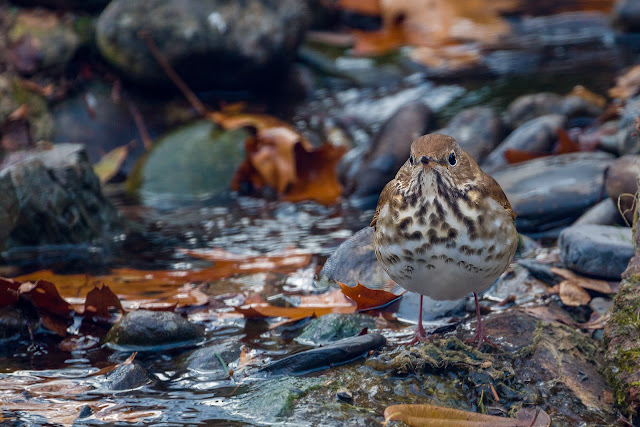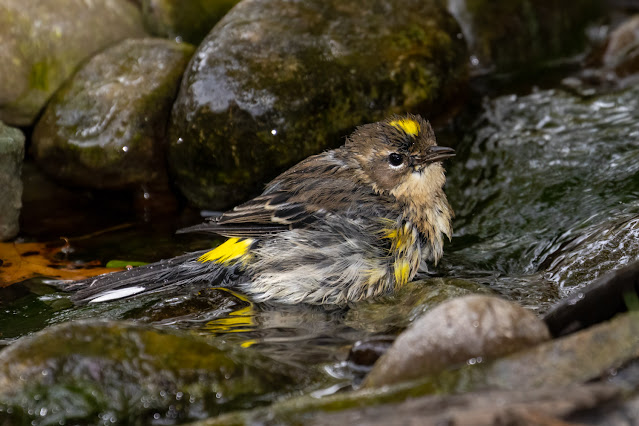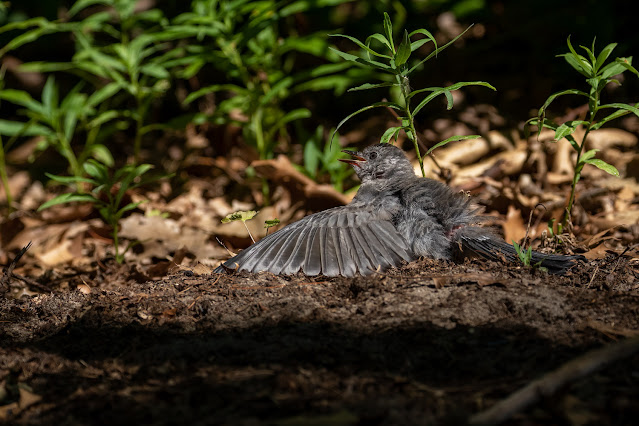Oh deer, it's snowing.

White tailed deer, Rondeau Provincial Park, Ontario, Canada, Dec 23, 2017. After our monster storm the snow has all melted and the temperatures have been well above freezing. This image is from 5 years ago. Odocoileus virginianus • is the most widely distributed and the most numerous of all North America’s large animals • leaves its fawn unattended for hours at a time • may have difficulty surviving the winter, particularly if there are too many deer competing for food or if snow is deep • occasionally gets its antlers hopelessly entangled with those of another male during a mating season battle, resulting in the slow death of both animals source - Hinterlands who's who.






































